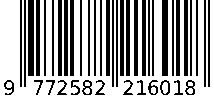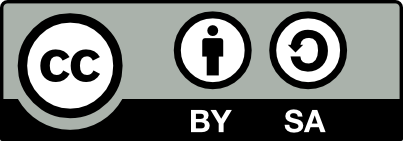
International Journal For Multidisciplinary Research
E-ISSN: 2582-2160
•
Impact Factor: 9.24
A Widely Indexed Open Access Peer Reviewed Multidisciplinary Bi-monthly Scholarly International Journal
Home
Research Paper
Submit Research Paper
Publication Guidelines
Publication Charges
Upload Documents
Track Status / Pay Fees / Download Publication Certi.
Editors & Reviewers
View All
Join as a Reviewer
Get Membership Certificate
Current Issue
Publication Archive
Conference
Publishing Conf. with IJFMR
Upcoming Conference(s) ↓
WSMCDD-2025
GSMCDD-2025
AIMAR-2025
Conferences Published ↓
ICCE (2025)
RBS:RH-COVID-19 (2023)
ICMRS'23
PIPRDA-2023
Contact Us
Plagiarism is checked by the leading plagiarism checker
Call for Paper
Volume 7 Issue 4
July-August 2025
Indexing Partners



















Gene Therapy And Cystic Fibrosis
| Author(s) | Melisa Pak |
|---|---|
| Country | Turkey |
| Abstract | Cystic fibrosis is an inherited disease that mostly has been seen in the Caucasia population [1] but also was found in different ethnicities. Cystic fibrosis affects some organs, especially those that have epithelial cells. Cystic fibrosis disease mainly affects the respiratory and digestive tracts.[2] Cells that produce mucus, secrete stickier and thicker. This is the main effect of cystic fibrosis disease. While this mucus is stickier and thicker it causes problems in the organs that have a mucus layer surrounding cells.[1] Mainly in the lungs, since the mucus is thicker and stickier, individuals have a problem transporting oxygen to the cells due to the excess amount of mucus on the layer of the lung. That causes patients to have treatment to regulate their blood oxygen levels. A different story happens in the pancreas. Small tubes that transfer the pancreatic digestive enzymes cannot pass through the tubes due to the blockage on the tubes caused by the thicker mucus.[1] Relatively, digestive enzymes cannot pass through, patients have digestive problems and mostly they face malnourishment. Since this life-limiting and potentially fatal disease is hereditary, there is no definitive treatment method yet. However, with the developing technology, gene therapy is thought to be the most promising solution for cystic fibrosis patients. |
| Field | Biology > Genetics / Molecular |
| Published In | Volume 7, Issue 1, January-February 2025 |
| Published On | 2025-02-02 |
| DOI | https://doi.org/10.36948/ijfmr.2025.v07i01.36299 |
| Short DOI | https://doi.org/g83xwz |
Share this

E-ISSN 2582-2160
CrossRef DOI is assigned to each research paper published in our journal.
IJFMR DOI prefix is
10.36948/ijfmr
Downloads
All research papers published on this website are licensed under Creative Commons Attribution-ShareAlike 4.0 International License, and all rights belong to their respective authors/researchers.

